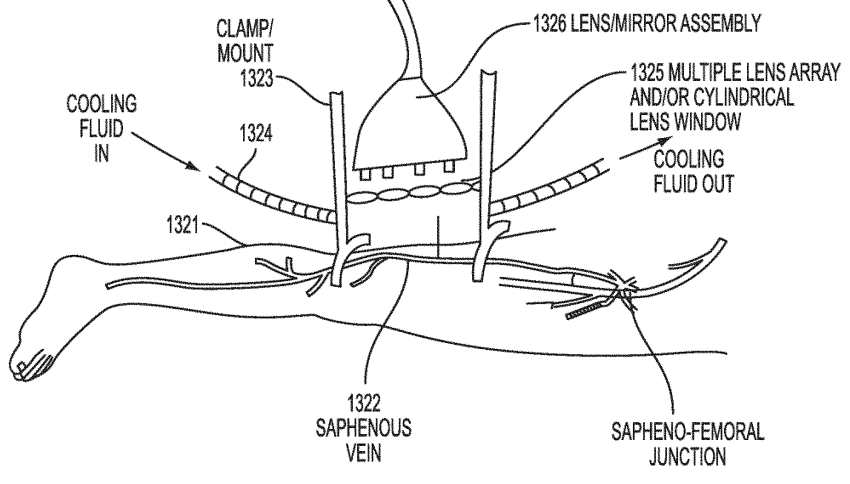by Dennis Crouch
The Federal Circuit's 2023 decision in Axonics, Inc. v. Medtronic, Inc. marked an important change in inter partes review procedure, ensuring petitioners have an opportunity to respond patentee's newly proposed arguments, with the hope of discouraging patent owners from holding-back ("sandbagging") at the institution stage. Case-in-point is the Federal Circuit's recent Apple v. Omni MedSci decision authored by Judge Alan D. Albright sitting by designation.
To continue reading, become a Patently-O member. Already a member? Simply log in to access the full post.
